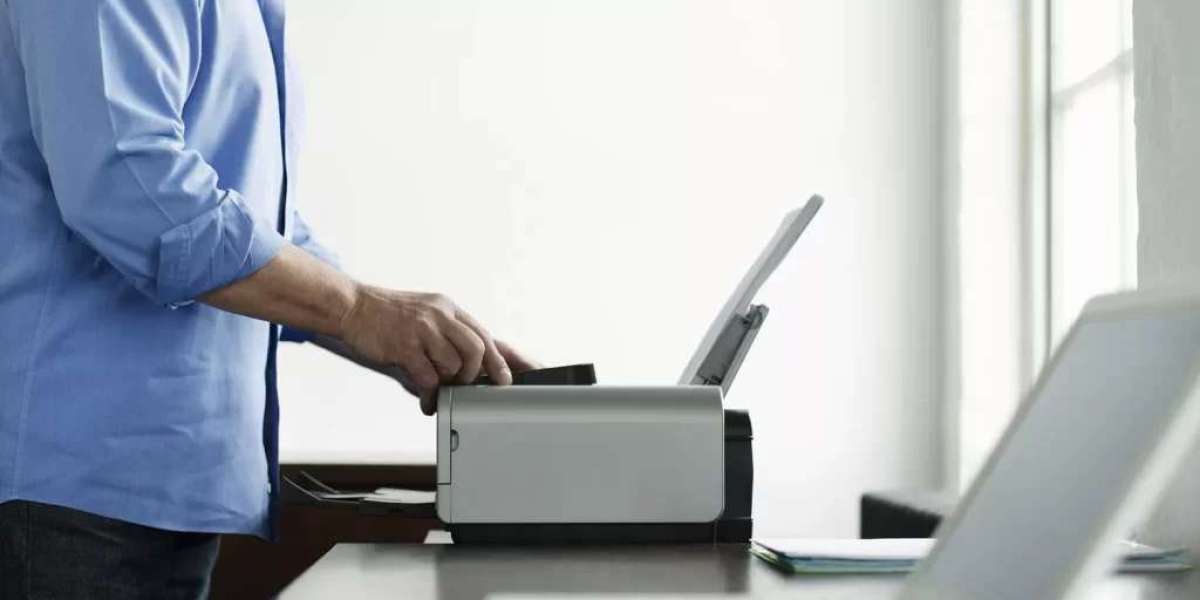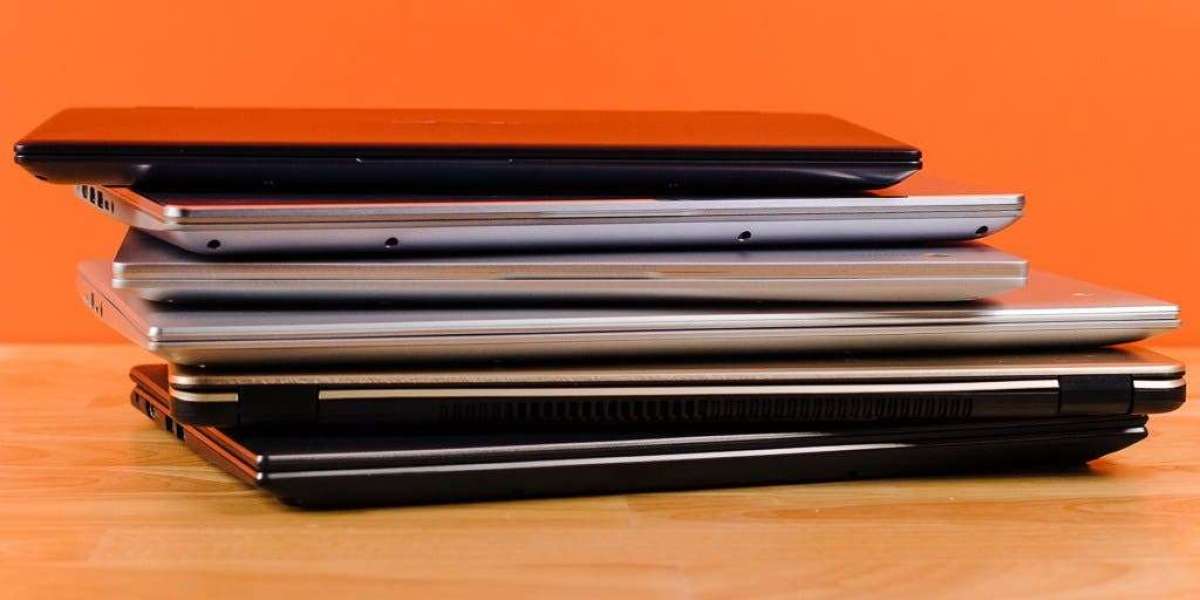Before Buying a New Printer, consider factors like printer costs, types (laser vs. inkjet), all-in-one capabilities, scanners, and installation requirements. Make an informed choice that aligns with your needs and budget. Buying a new printer is a significant decision, but the process can be made easier by considering several key factors. Here's a comprehensive guide to help you navigate the printer-buying process effectively:
1. Determine Your Budget:
Start by defining your budget. Printers come in a wide range of prices, so knowing how much you're willing to spend will narrow down your options.
2. Understand Your Printing Needs:
Consider what you'll be printing. Do you primarily need to print documents, photos, or both? Your specific requirements will dictate the type of printer that suits you best.
3. Single-Function vs. Multifunction Printers:
Decide if you need a single-function printer for basic printing or a multifunction printer (MFP) that can copy, scan, and sometimes fax in addition to printing.
4. Mobile Printing:
Determine if you need the capability to print from mobile devices, such as smartphones and tablets. Wireless connectivity options like Wi-Fi and Bluetooth can be crucial for convenience.
5. Printing Volume:
Consider how much you'll be printing on a regular basis. If it's for occasional personal use, a smaller printer may suffice, but if you have high-volume printing needs, look for a printer built for durability.
6. Specialized Photo Printing:
If you're a photography enthusiast or a professional photographer, you might want a specialized photo printer that can produce high-quality photo prints.
7. Inkjet vs. Laser Printers:
Understand the differences between inkjet and laser printers. Inkjet printers are versatile, while laser printers are more cost-effective for high-volume text printing.
8. Printing Costs:
Consider the ongoing costs of consumables, such as ink or toner cartridges. Some printers may seem affordable upfront but have higher operational costs, so look for models with cost-effective consumables.
9. Brand and Model Selection:
Research reputable printer brands like HP, Canon, and Epson. Investigate specific models and read user reviews to understand the pros and cons of each.
10. Setup and Installation:
Ensure the setup and installation process is straightforward and well-documented. Look for printers that offer user-friendly installation procedures.
After purchasing a printer, remember to:
1. Set Up Your Printer:
Follow the manufacturer's instructions to properly set up your printer. Connect it to your network via Ethernet or Wi-Fi, if applicable.
2. Purchase Necessary Accessories:
Stock up on ink or toner cartridges, depending on your printer type. Consider buying various paper types to match different printing needs, such as regular paper for documents and photo paper for high-quality images.
In conclusion, selecting the right printer involves assessing your budget, printing needs, and the features that align with your requirements. By considering these factors, you can make an informed decision and find a printer that complements your printing tasks effectively.








